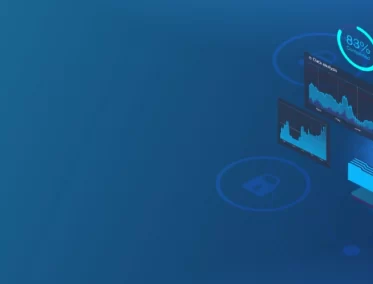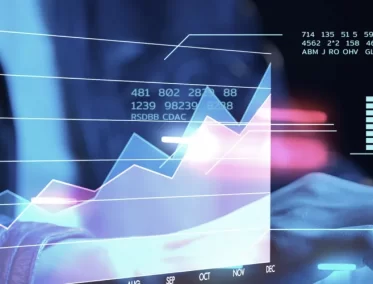Power BI
Microsoft Power BI allows users to visualize data and share insights across the organization. It can connect to multiple data sources and allows data extraction and direct query connections. It fully integrates with other Microsoft tools such as SharePoint, Teams, and Office. It has a transformation tool that allows users to blend and modify data from multiple sources, and present it to final users.
Pros
- Easy to use
- Constant updates with new features
- A number of data source connections
- Ability to create custom visualizations
- Active user community
Cons
- Rigid formulas, it uses DAX as the language for calculations
- Free versions have data handling limitations
- Visualizations have limited configuration options
Tableau
Tableau can create a wide range of data visualizations to interactively present the data and showcase insights. It offers deep drill-down capabilities as well as real-time analytics and cloud support.
Pros
- Great performance
- A large number of visual objects
- Ability to blend diverse data sets
- Easy to learn and use
- Centralized data repository
- The active community of users
- Many official resources available for knowledge and training
Cons
- Requires IT expertise for certain configurations
- No versioning on server
- Requires knowledge in R or Python for analytics
Power BI vs. Tableau: Feature-by-Feature Comparison
Power BI |
Tableau |
|
| Installation | It is available only for Windows. The cloud version is available for Windows and Mac with some functionality limitations. | It is available for both Windows and Mac with the same functionality. |
| User Interface | The user interface is similar to other Microsoft products. It is intuitive and easy to use. | The main menu next to the data pane is the key to mastering the product. It is also intuitive and easy to use. |
| Data Connections | Users can connect to their data from many available data sources. See the full list here. | Users with a personal license can connect with data from spreadsheets and text files. A professional license allows users to connect to more data sources than Power BI. See the full list here. |
| Security | Power BI uses Azure BLOB storage and Azure SQL database for storing and managing data storage security. Learn more
Power BI also provides row-level security (RLS) for role-based data access. Learn more |
In terms of user roles, Tableau has the following pre-set user roles – viewer, interactor and editor available for the publisher to set up access permissions. Learn more
Tableau also provides row-level security by allowing publishers to set up user filters. Learn more |
| User Community and Support | The user community for Power BI is not the same level as Tableau but has grown since the initial release of Power Bl. Learn more | Tableau has a prolific amount of online content and is known for its well-established user community. Solutions for how-to questions, training materials, and downloadable public dashboards are easily available. Learn more |
| Collaboration | Users can share reports in Power BI by publishing them to the Power BI Service for free. Other users can view shared BI content if they have Power BI accounts and the report URLs. Learn more | Tableau dashboards can be published and shared via Tableau Server which requires additional costs, and if users are authorized to view these dashboards. Learn more |
| Data Visualization | In addition to users being able to create regular charts and graphs, they can also easily create maps if the data contains location information. Power BI uses Bing Maps for mapping visualizations.
For more information about mapping in Power BI, click here. |
Users can create anything from a stacked bar chart, line graph, scatter plot to a heat map as Tableau offers a variety of chart options for its users. Tableau uses location data to automatically generate latitudes and longitudes for users to incorporate into their map views.
For more information about mapping in Tableau, click here. |
| Data Manipulation | Power BI allows users to add custom data fields and modify the default properties of each data field in the data modeling tab. | Tableau allows users to create calculated fields and modify default properties of each data field. |
| Pricing | Free for organizations that have Office 365. Users can publish their reports to the Power BI Service for free. Power BI Pro costs $9.99 per user per month. Learn more | Tableau offers two types of licenses (personal and professional) ranging from $12 to $70 per user per month. Other add-ons cost extra. Learn more |
Conclusion
Both Power BI and Tableau have their pros and cons but making the right choice between them depends on your business requirements. If you need to analyze small data sets with basic visualization features, Power BI is the right choice for you as it is cheaper than Tableau.
On the other hand, if you need to analyze large datasets from multiple sources and require advanced data visualization features, Tableau is more capable and offers better drill-down options but it’s also more expensive.




